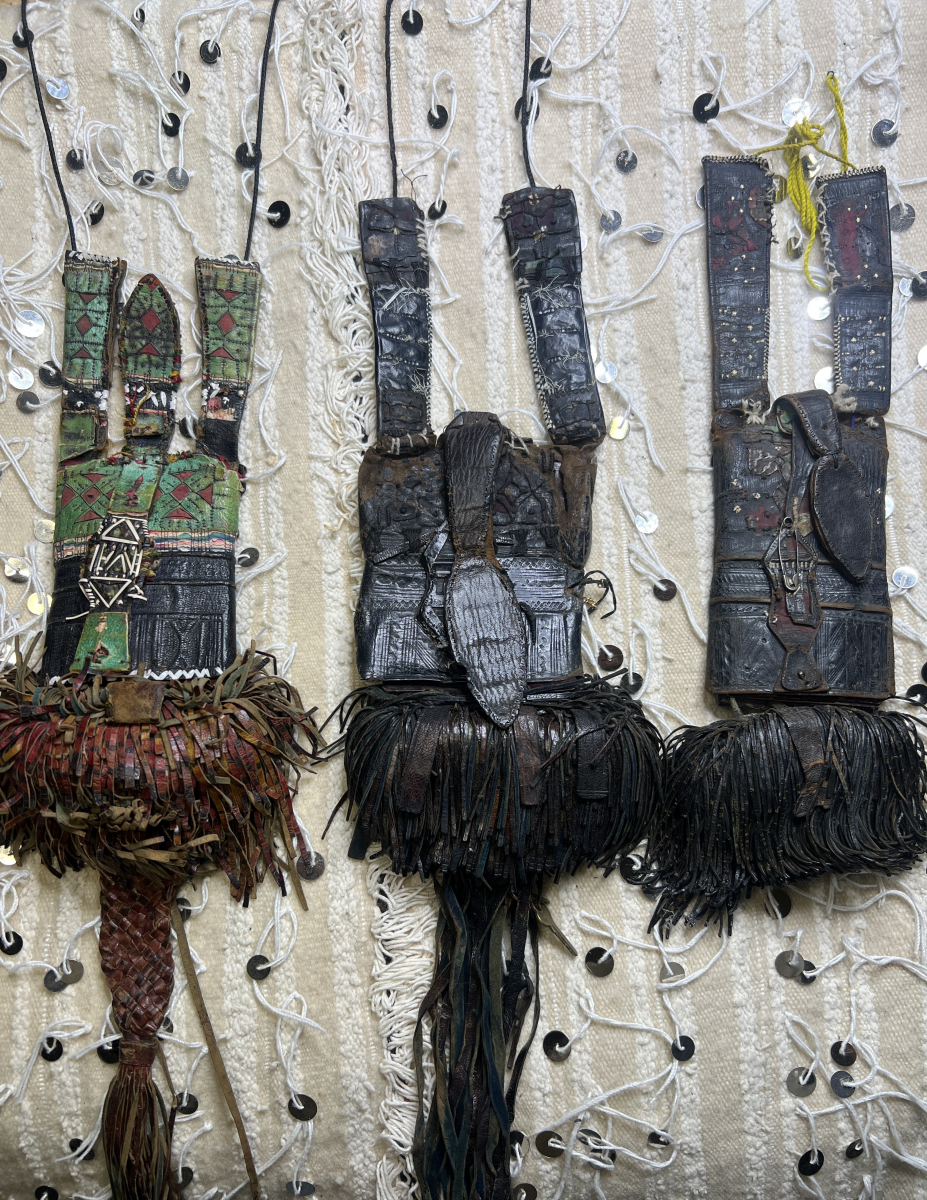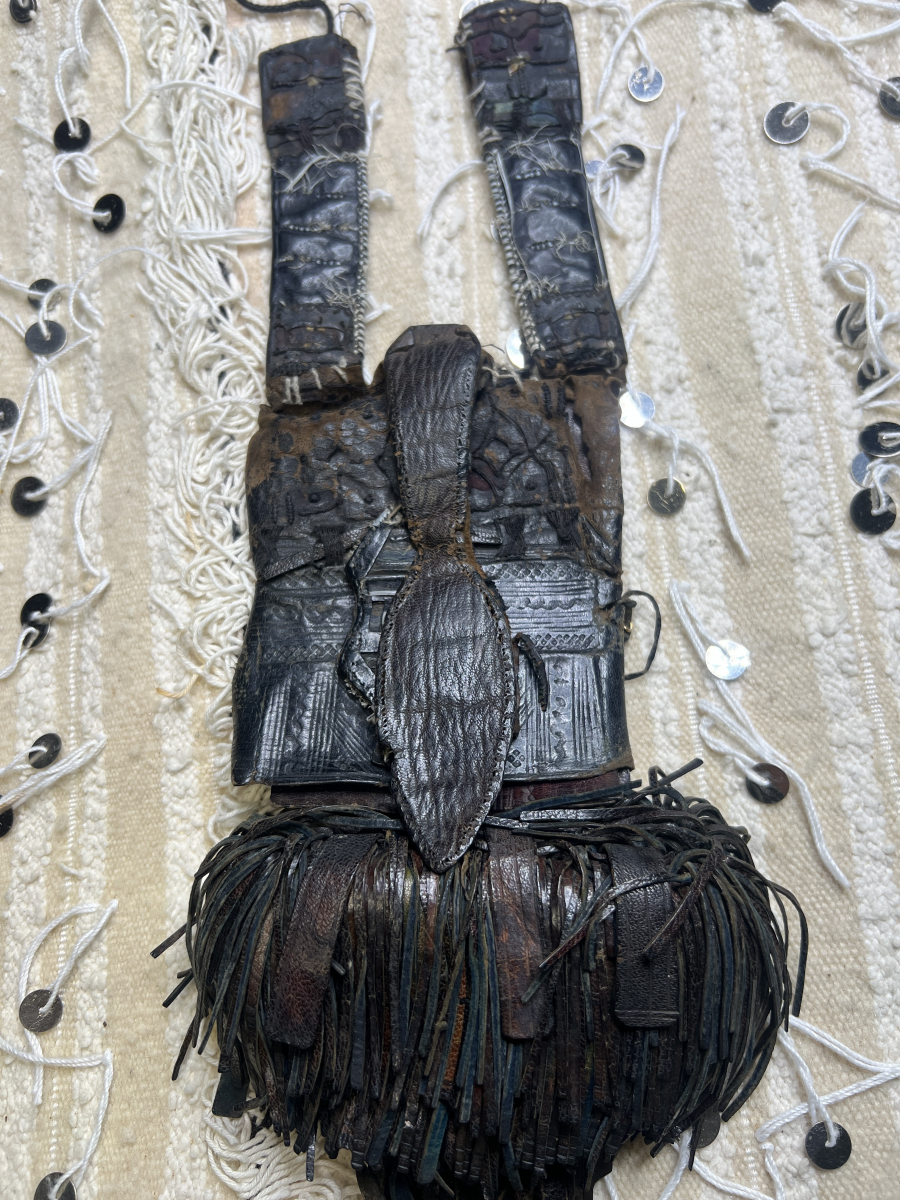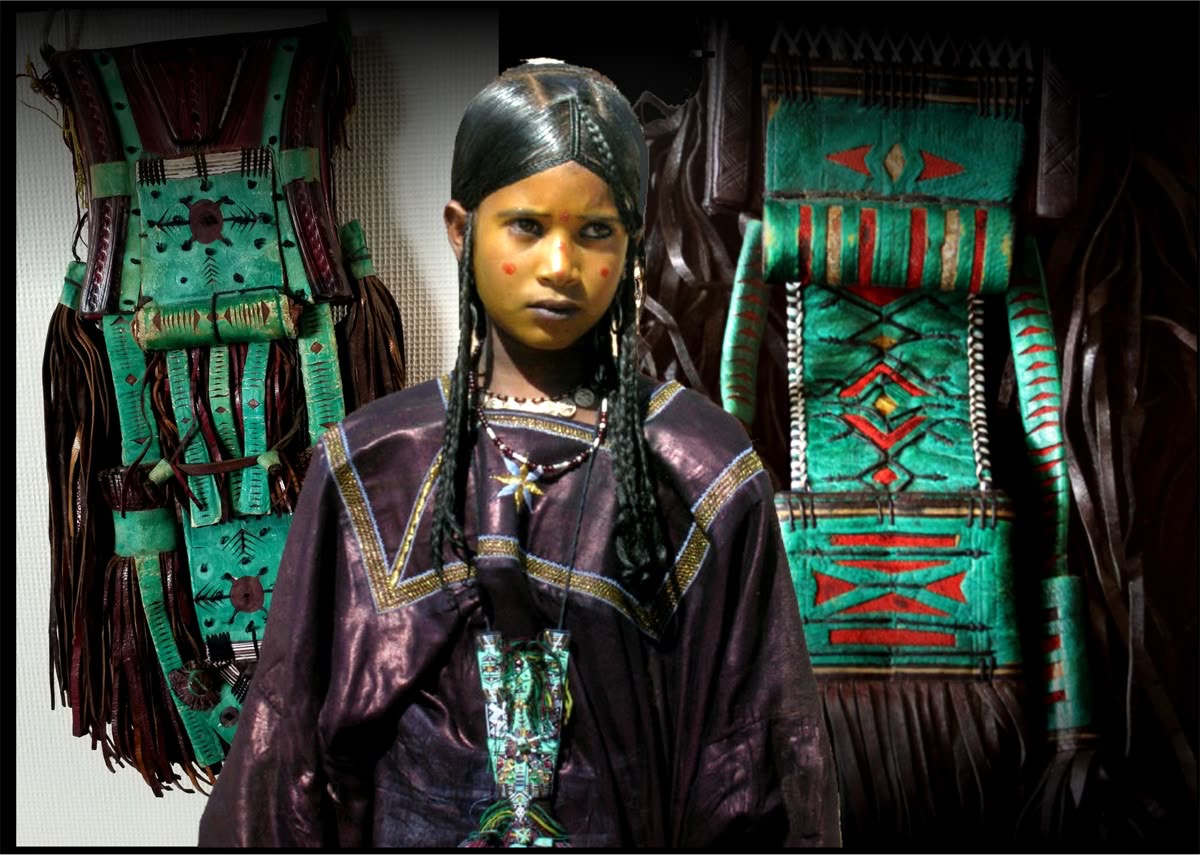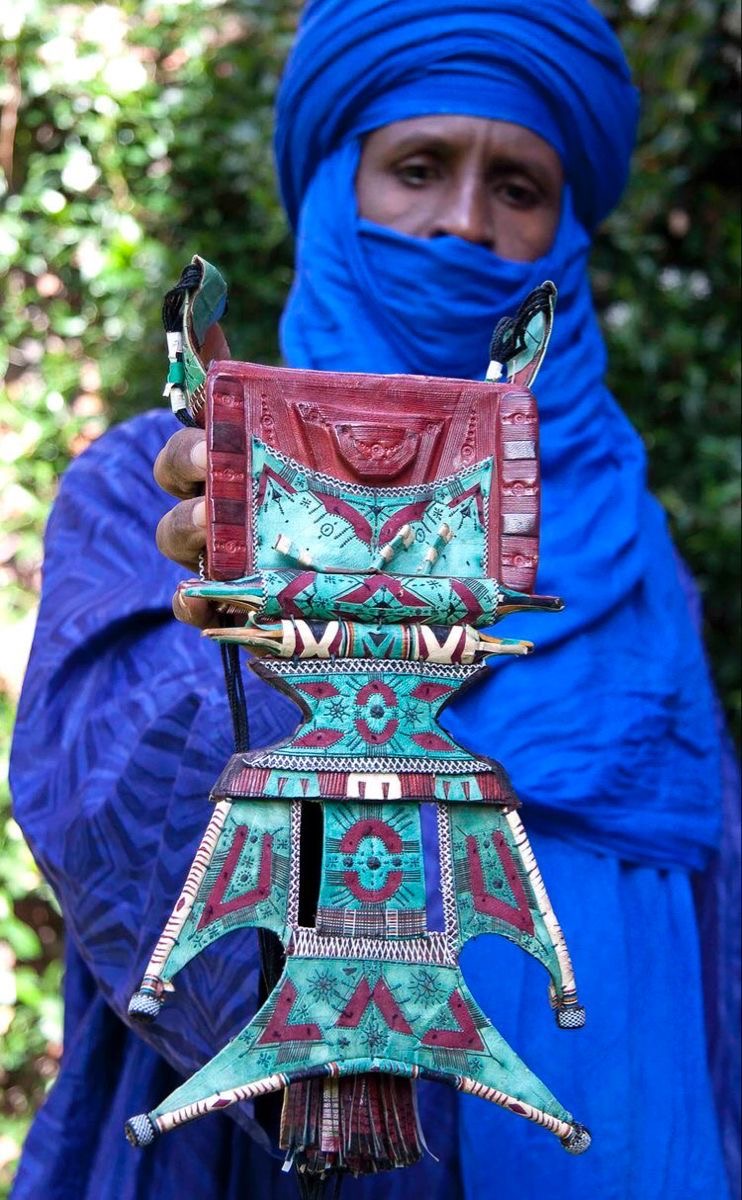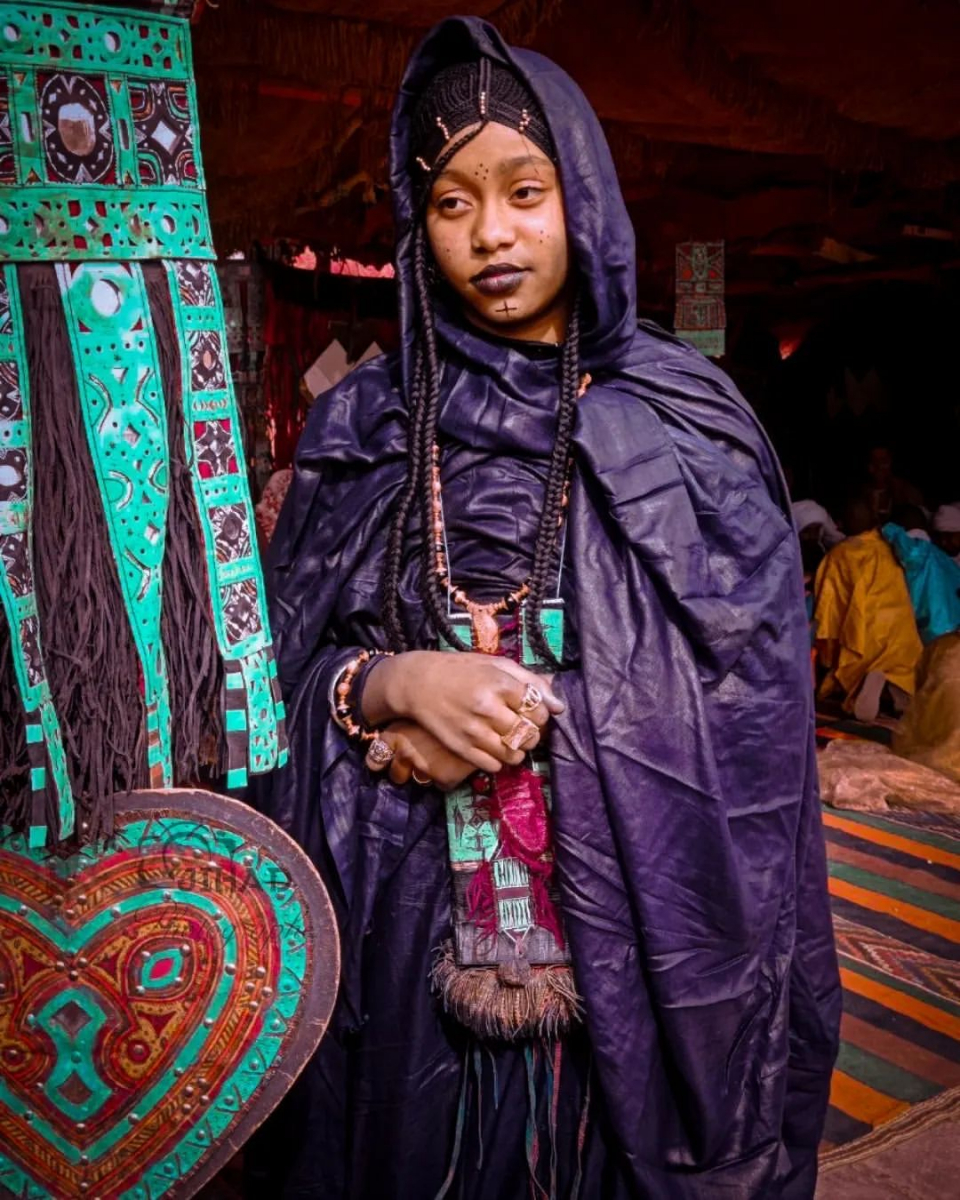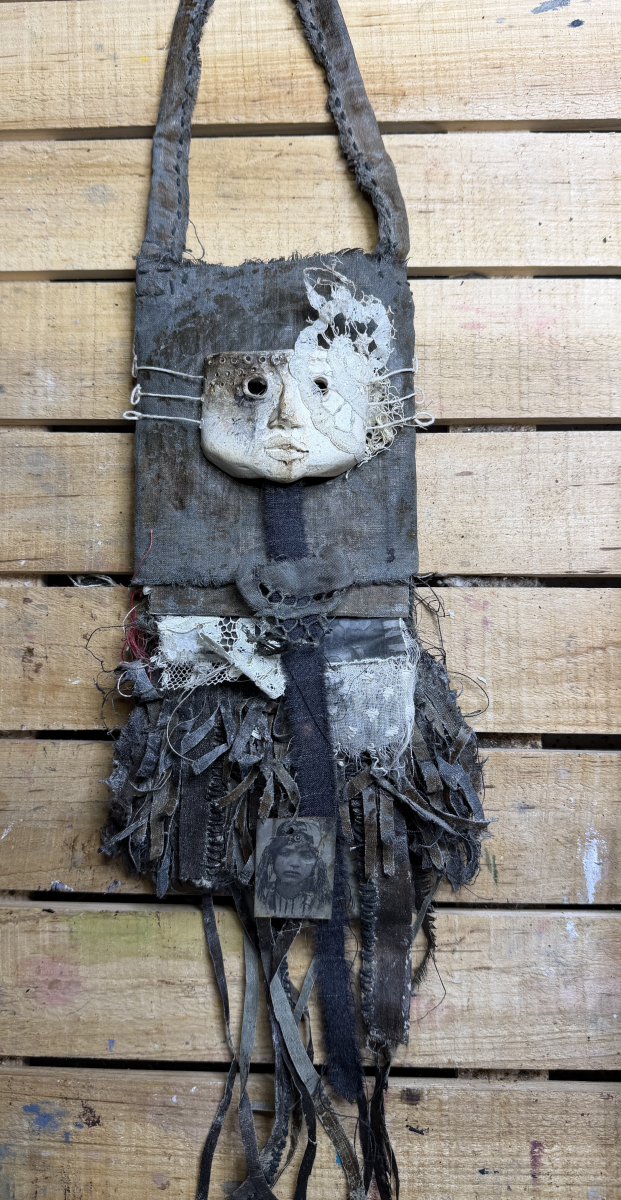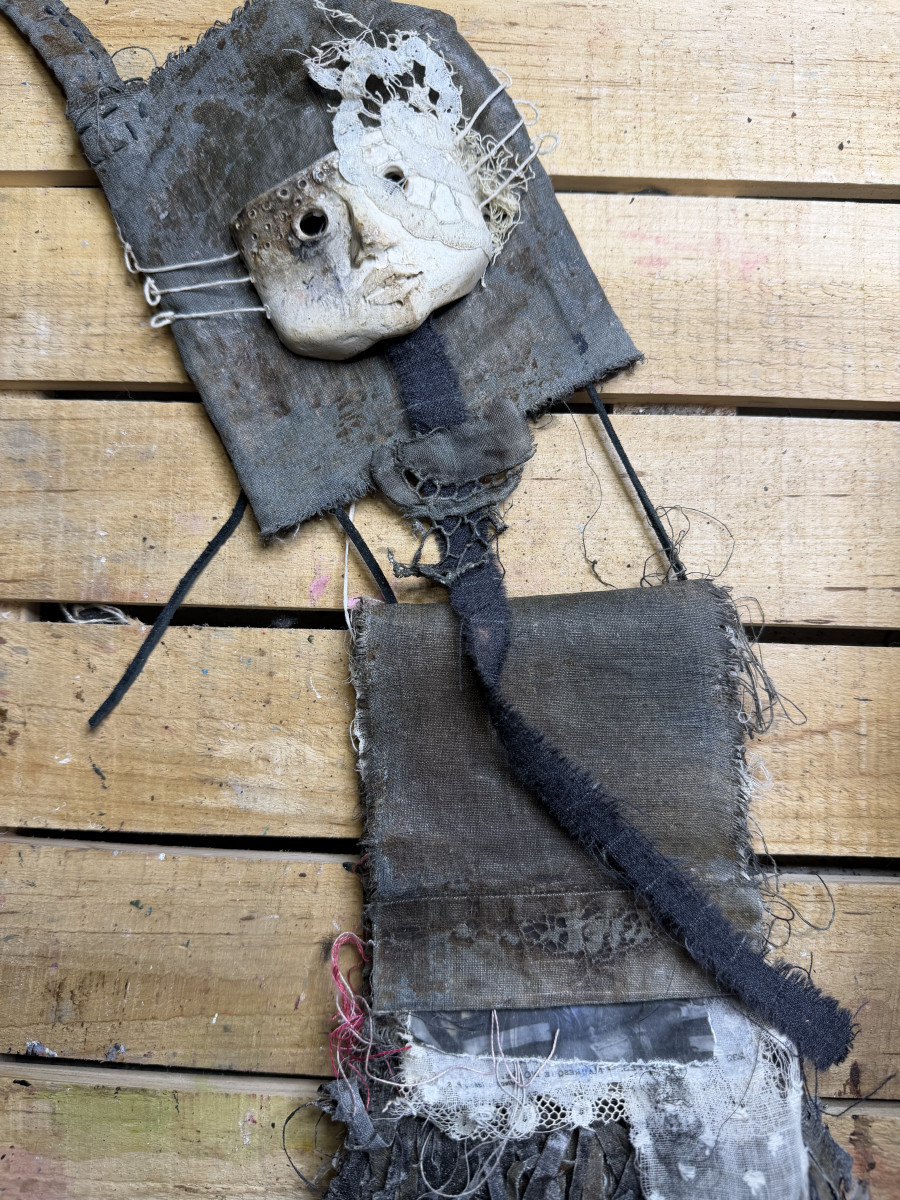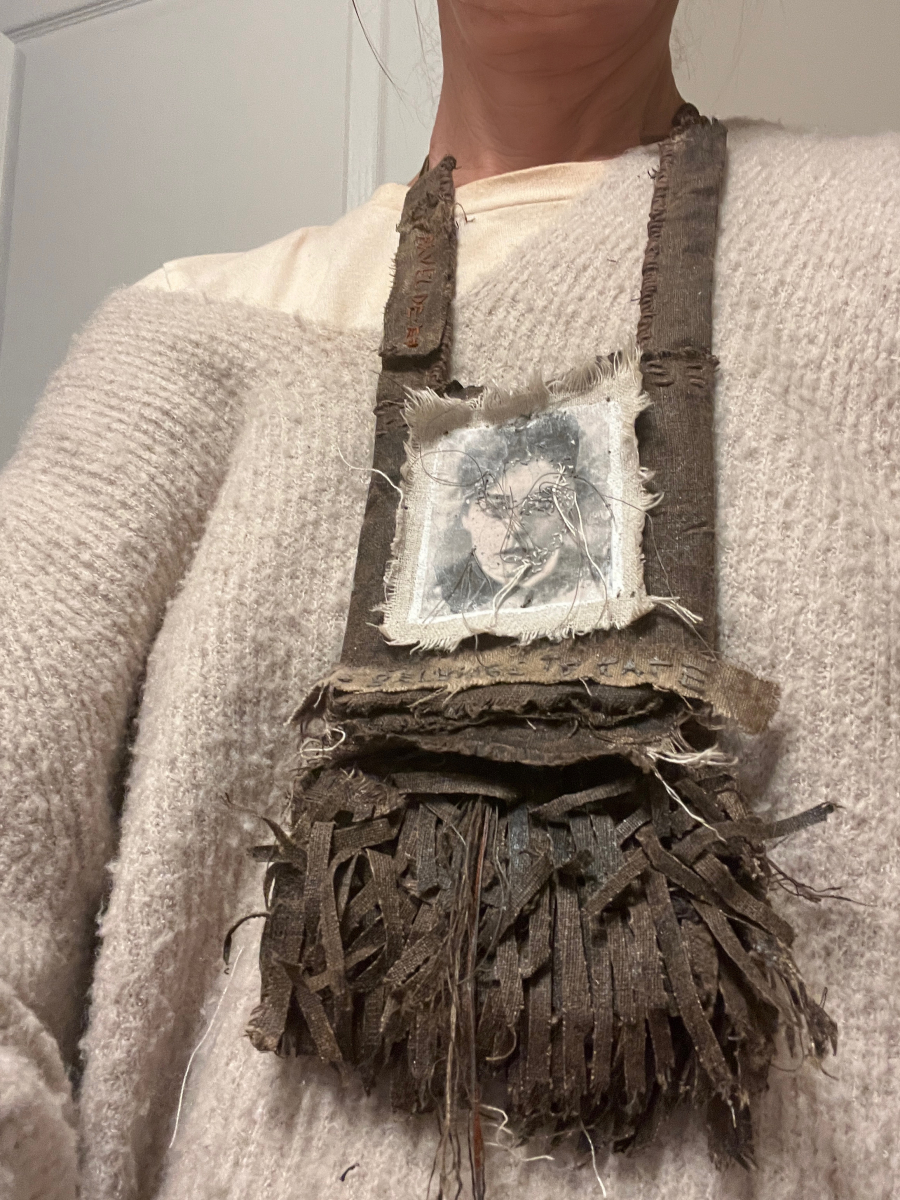Talisman Pouches and the Tuareg Tribe
I love traveling and one of the gifts of visiting foreign countries is discovering new art or art forms native to that region. I was in Morocco a couple of years ago and was in a very old shop near Marrakech. It was a feast to my senses! I have been to this shop before, but I never really checked out the second floor. Was I in for a surprise! The room with the pouches was dimly lit and nearly empty, and there they hung-these stunning bags, casually draped across the wall. They were beautifully complex and had a mysterious charm about them. What were these? I had never seen anything like them before, and I instantly knew I needed one or how about three! If I had more money I probably would have bought more but I had to stop at 3.
Upon returning, I began researching the bags/pouches online, and this is what I discovered They are Tuareg pouches which are traditional leather bags and wallets crafted by the Tuareg people. The pouches carry deep cultural and symbolic meanings rooted in the traditions and daily life of the Tuareg people. These leather pouches are not only practical items for carrying personal belongings but are also adorned with geometric patterns and symbols that convey protection, guidance and cultural identity. Common motifs include triangles, diamonds, and the “Tuareg Cross” often representing protection, balance, and the four corners of the world, guiding the nomads across the desert.
The craft of making these pouches is traditionally passed down through generations, with artisans embedding personal and cultural stories into the leatherwork. The tassels and fringe have both decorative and cultural significance, believed to ward off the evil eye. The symbols and patterns may reflect the Tuareg’s connection to nature, spirituality, and matrilineal heritage, as the Tuareg regard themselves as descendants of a great female ancestress and women have historically held prominent social roles. Thus, Tuareg pouches encapsulate both everyday utility and rich layers of symbolic meaning, reflecting resilience, identity, and continuity of culture in one of the harshest environments on Earth.
The Tuareg are a desert people who are an offshoot of the Berbers who generally live in the Atlas Mountains. They are semi-nomadic and cross the Sahara in caravans to transport goods, particularly salt.
The Tuareg are known as fierce people who have had to defend their trade routes from westerners and other tribes. They are commonly referred to as the "Blue Men" of the desert due to the indigo robes they wear which protect from the sun and insects as well as stain their skin. They reside across the Sahara in Libya, Algeria, Niger, Mali, Burkina Faso and Morocco.
I found myself focused on the Tuareg women. What I discovered was so interesting and yes, surprising. They honor their women. Lineage and tribal identity are traced through mothers, and women inherit property such as tents, livestock and land. The family tent, central to nomadic existence, remains the woman’s domain during marriage and after divorce; she retains children and all assets, while the husband departs with little more than his camel. Women are regarded as the custodians of tradition, responsible for transmitting cultural knowledge, language, and artisanal skills across generations. Listen to this…women have the right to initiate divorce with no stigma attached; in many cases, families celebrate their daughters’ independence with parties, signaling openness to remarriage! Pre-marital and post-marital sexual freedom is accepted, with privacy guidelines respected for both partners. Marriages are generally matrilocal, with men joining the woman’s household and her family rather than visa versa.
And there is more….Tuareg women do not wear facial veils, a privilege and symbol of their autonomy-this custom is reserved for men! Tuareg men start wearing the face veil at puberty; it marks entry to adulthood and is worn at all times in public and in front of elders, as a mark of respect and dignity. Women are generally not expected to cover their faces. Instead, their dignity and modesty are shown through behavior, serve, and occasionally drawing a veil over their mouth in the presence of older male relatives. Unlike the Islamic norm of female veiling, among the Tuareg, face veiling is a male tradition and a religious mandate for women.
My initial fascination with these bags was all about aesthetics. I am a visual artist and captivated by beauty. They were remarkable with their raw and distinctive charm. That alone, is sometimes enough, but I was curious and researched the history. I also did a deeper dive as to Why beauty is so important to even the most primitive of people. Here are some ideas….beauty likely served evolutionary and social functions such as signaling health, fertility and genetic fitness, which were critical for survival and reproduction. Additionally, beauty standards helped early humans recognize harmonious patterns in their environment and among others, facilitating social cohesive and mate selection.
For me personally, beauty and the capacity to capture beauty, is why I create. I don’t create to change the world. I create to change me; creating beauty is a way for me to feel ok in the world. I, as well as countless others, battle at times with depression. The one constant that carries me through life’s hardest moments is the act of creating beauty. Because I create beauty, the world has opened its doors to me; through my teaching I have traveled and met women whose spirits have enriched my life. When I see something beautiful, it triggers a release of dopamine and I am in love with the world around me. Beauty is a portal to my inner world. It is a serious business and it deserves a separate post of its own.
The research on these pouches and the Tuareg tribe inspired me to create my own personal Talisman pouch. I am filming the whole process and will be able to share it with you as an online class as well as teach it live. These pouches, like beauty, are a portal. Aesthetics got my initial attention and then the examination and research followed.If I was never drawn to how they looked, I never would have discovered the history and the people that made them. They are made of soft leather which has been worn and tattered over decades of use. I wanted to create the same look but with fabric. Any natural fabric will do but I prefer my vintage linen tablecloths. As how many things happen in my studio, I happened to have some Annie Sloane dark cold wax that I used for refinishing furniture. Some of the wax dropped onto one of my tablecloths and I tried to gently lift it off but instead ended up smearing it onto the fabric. I looked at the accident and then I SAW….it looked like very old dark leather! This was so exciting! The wax isn’t cheap. If I was going to teach this, I had to find a less expensive way and that was using clear cold wax you can get at any art supply store. To achieve the color, I used acrylic paints and then waxed the fabric. The construction of the pouch is pretty primitive but clever! It was pretty easy to construct.


I added my own addition by creating a mask to wrap around them. I think it makes an interesting design element as well as a sign that this pouch is both sacred and shrouded in mystery. I also added haunting vintage images of women that I transferred onto different and unexpected materials that are woven back into the fabric through embroidery stitches. They are then stitched into the inside of the pouch or printed on metal and dangled within the fringe. Just think of the pouches as a blank canvas that you can explore and experiment with a variety of mixed media techniques to make uniquely your own. These lovely pieces can hang on a wall or adorned around your neck.
More about the class in upcoming posts.


Archives
- October 2025 (1)
- September 2025 (2)
- August 2025 (1)
- December 2020 (1)
- October 2019 (1)
- August 2018 (1)
- December 2016 (1)
- June 2015 (1)
- August 2014 (5)

